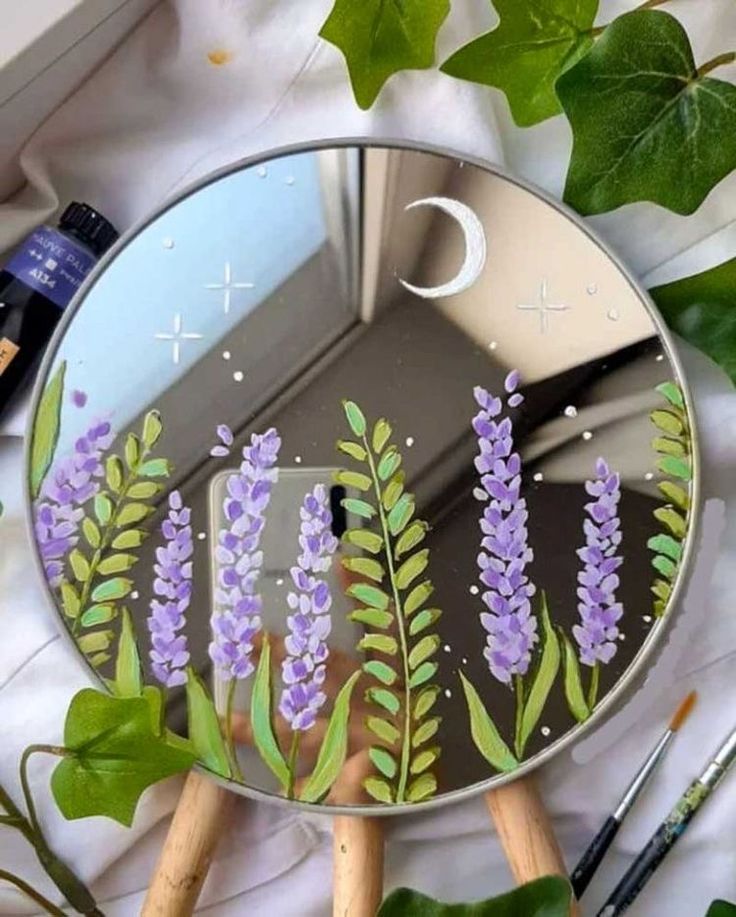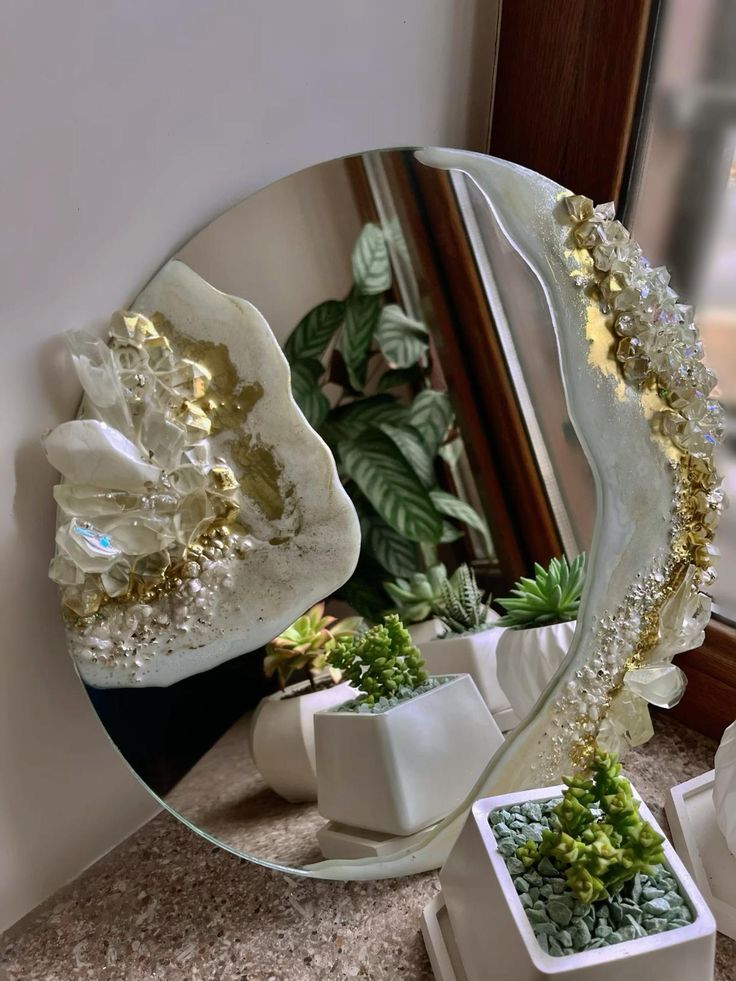| History of art |
|---|
Ancient Egyptian art refers to art produced in ancient Egypt between the 6th millennium BC and the 4th century AD, spanning from Prehistoric Egypt until the Christianization of Roman Egypt. It includes paintings, sculptures, drawings on papyrus, faience, jewelry, ivories, architecture, and other art media. It was a conservative tradition whose style changed very little over time. Much of the surviving examples comes from tombs and monuments, giving insight into the ancient Egyptian afterlife beliefs.
The ancient Egyptian language had no word for “art”. Artworks served an essentially functional purpose that was bound with religion and ideology. To render a subject in art was to give it permanence. Therefore, ancient Egyptian art portrayed an idealized, unrealistic view of the world. There was no significant tradition of individual artistic expression since art served a wider and cosmic purpose of maintaining order (Ma’at).



















 learn about over-art
learn about over-art